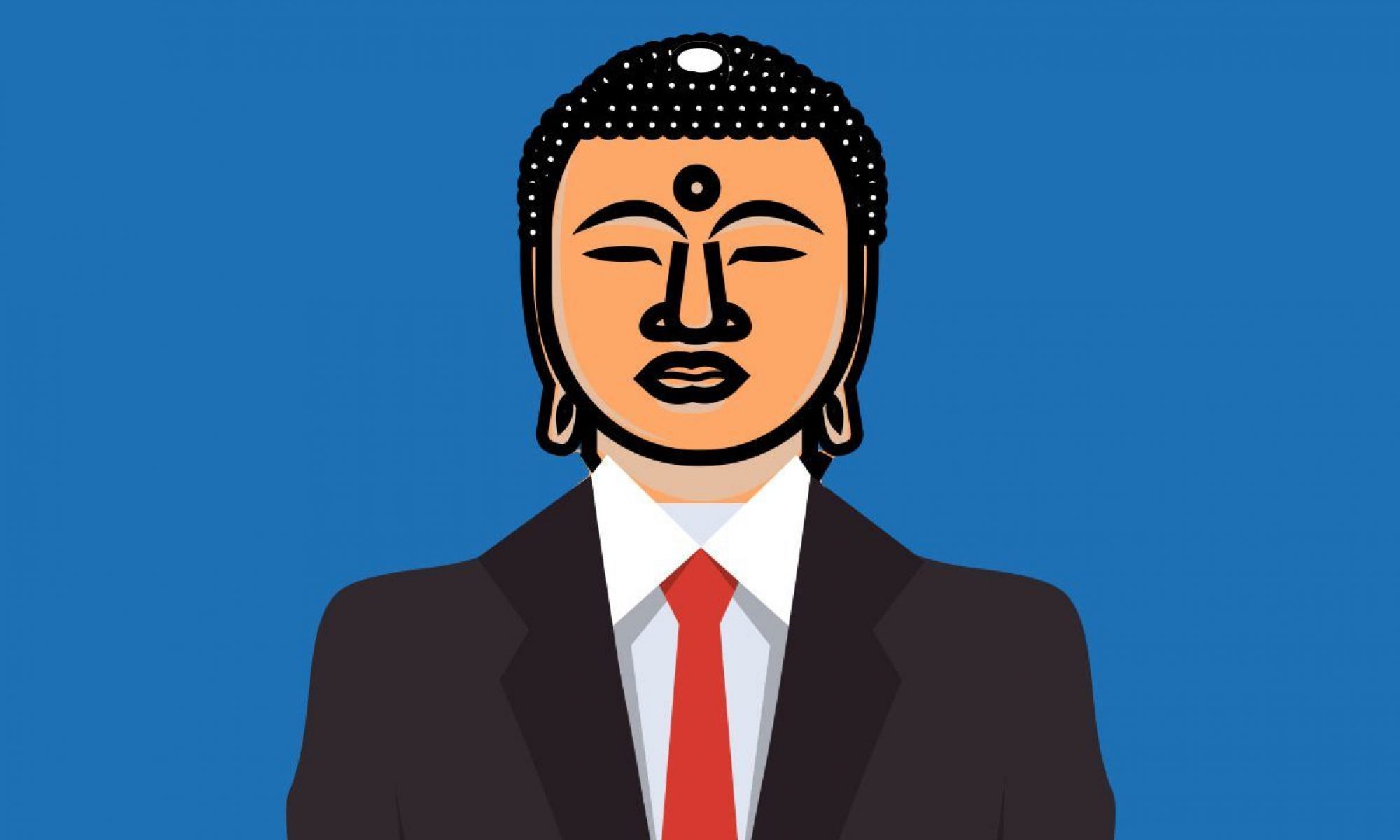Chapter 81: Telling It True
“True words aren’t charming,
charming words aren’t true.
Good people aren’t contentious,
contentious people aren’t good.
People who know aren’t learned,
learned people don’t know.
~ Tao Te Ching: A Book about the Way and the Power of the Way, trans. Ursula K. Leguin (Shambhala, Boulder: 2019)
One of the recurring trinities in the Western tradition is what Plato called the Good, the True, and the Beautiful. One question I have always had is why these three? And why three?
A related question I always had is why the four so-called cardinal virtues extolled in both Greco-Roman philosophy and Christian moral theology are, well, what they are—prudence, courage, moderation, and justice?
The answer is simple, and you get there by asking a different question: what is hard about being human? When I study Aristotle’s account of virtue with my students, I ask them four questions: Who faces uncertainty about how to behave? Who feels fear? Who faces temptation? Who has to make decisions about what is fair? Everyone raises their hand in response to all four questions, and that is the point; it’s hard to imagine your life going that well if you can’t manage uncertainty, fear, desire, and scarcity.
You can take a similar approach to the Four Yogas in the Hindu tradition, the four paths to the divine: jnana (knowledge), bhakti (devotion), karma (action), and hatha (embodied practices). There are multiple paths, but not an infinity of paths; they pathways are constrained by the grain of the human condition. Everyone has a mind, a heart, and a body, and everyone acts in relation to everyone and everything else, and everyone inclines in a certain direction. This is reflected in the Enneagram model; there are only three types (head, heart, and body) because, well, there are only three types of people. The word yoga is related to our word for the yoke of an egg; it means to unite, to integrate, to whole. If we are exercising our heads, hearts, haras, and hands well, we are healing and wholing ourselves, others, and the world.
You might have noticed that the trinity tucked into the tail end of that sentence offers an answer to our first question. Ken Wilber has pointed out that the Beautiful, the Good, and the True are reincarnated many times in both Western and Eastern traditions: in the three jewels of Buddhism, they are the Buddha (personal awakening), Sangha (community of practice), and the Dharma (truth about reality); in the Christian trinity, the Son (I am God), the Father (God’s will must be done), the Holy Spirit (God is the world); Immanuel Kant’s three great critiques of Judgment (beauty), Practical Reason (morality), and Pure Reason (truth). A simpler way to distill these three dimensions, Wilber suggests, is art, morals, and science, or simply self, culture, and nature. If we yoke these with the four yogas and the four virtues above, we get an integral yoga, or yoga of yoga: strive to integrate mind, body, and soul in self, culture, and nature by mastering uncertainty, fear, desire, and scarcity. That will lead us to the simplicity on the other side of complexity to which the Daodejing directs us.
What, then, are we to make of this final chapter, and what does it have to do with the human trinity? This: the beautiful is not the pleasant, the good is not the advantageous, and the true is not the factual. And this: taking a page from the Christian view of the Trinity—that God is both three and one—Beauty is good and true, goodness is beautiful and true, and truth is good and beautiful. But going beyond the Christian view—or rather, going along with its deepest meaning—God is both three and one and neither.
The Dao is always inviting us to take this first and final step, what Zen calls the “step backward” into the play of paradox, and insisting against the protests of the head that the only way to tell it true is by “doing without outdoing.” This is, the closing line of the text says, “the Way of the wise,” wuwei, the way of woo that woos us on toward wisdom.
New to the Dao Du Jour? Check out “Day 0.”
